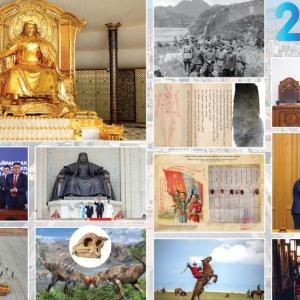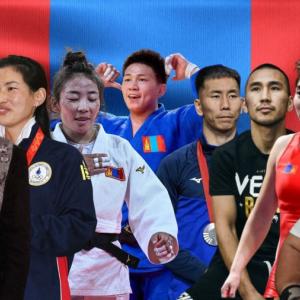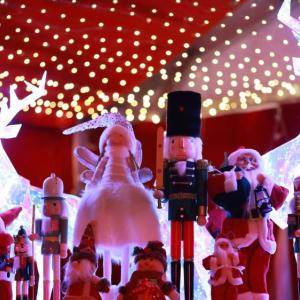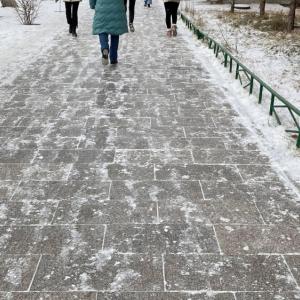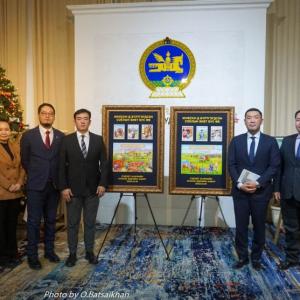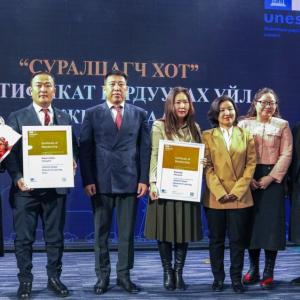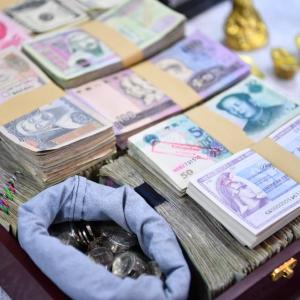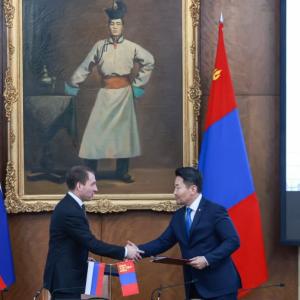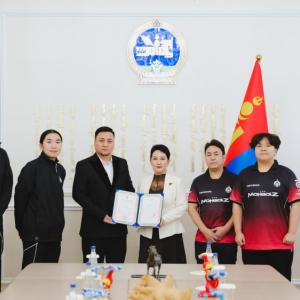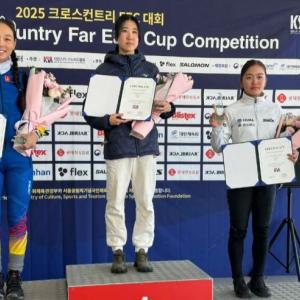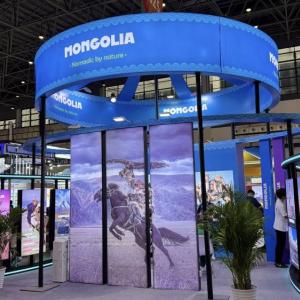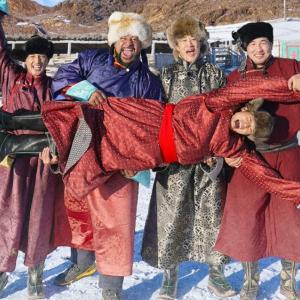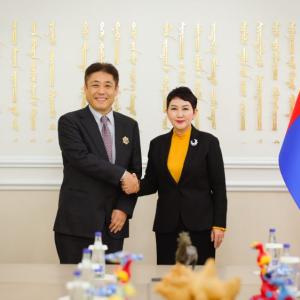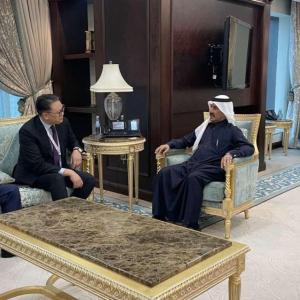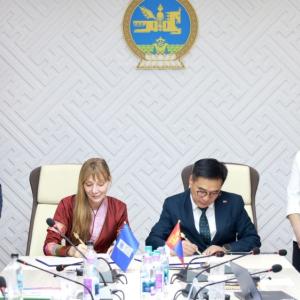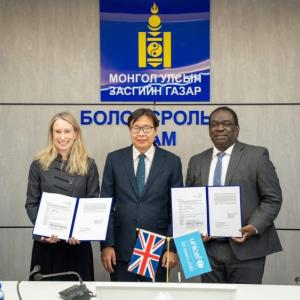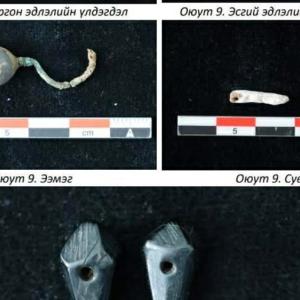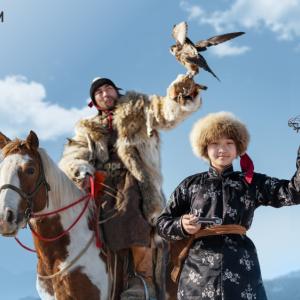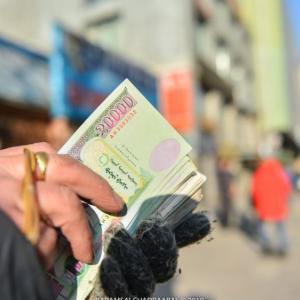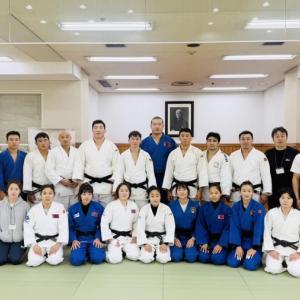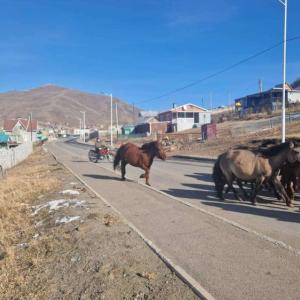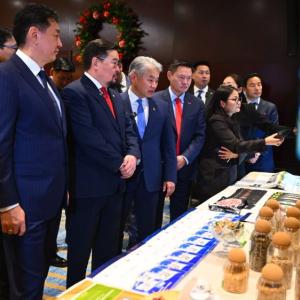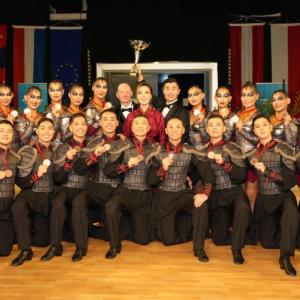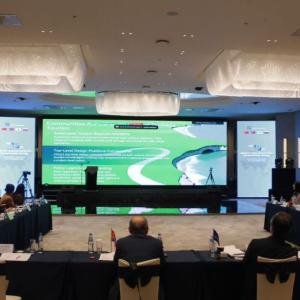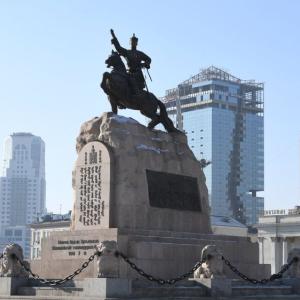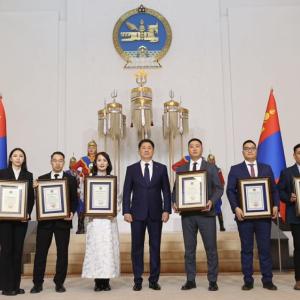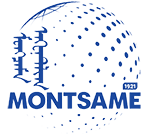Etched in Time: Where No Pattern Is Ever Repeated
Interview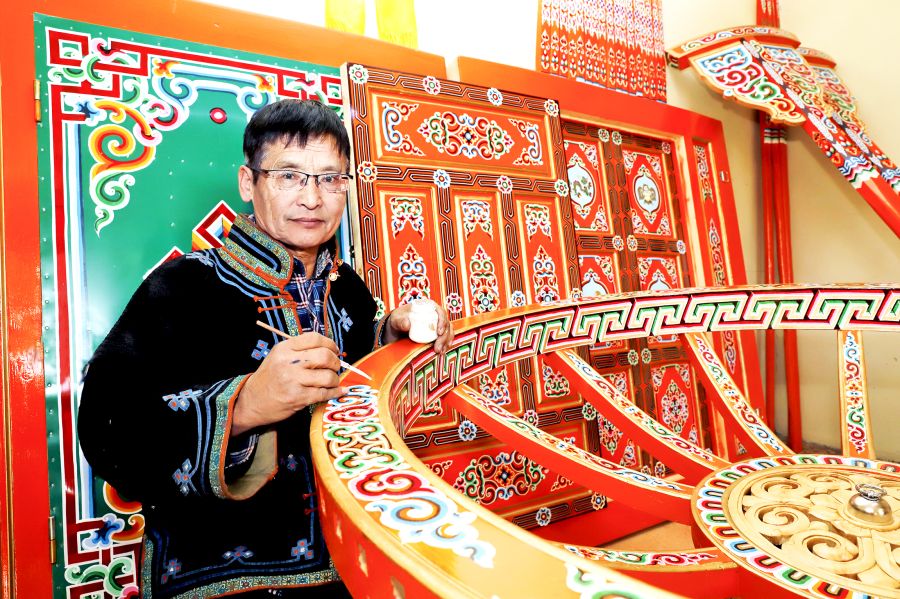
Ulaanbaatar, October 28, 2025 /MONTSAME/. We spoke with Amirdaabazar Gavaa, who has inherited and spread the nationally acclaimed Uyanga Design ger and promoted Mongol ornaments and patterns to the world. Amridaabazar not only played a key role in securing the Mongol ger’s inscription on the UNESCO World Heritage List, but also manufactured and delivered the Mongol ger with 25 khanas for a tourist camp, providing the vital support that helped it be named one of the leading eco-lodges in the world.
You are the only artisan who
authentically crafts luxurious and ornate Mongol ger with Uyanga Design. When
did you begin learning this craftsmanship?
My father wore many hats. He was the head of the woodworking artel, a herder, and even a quality supervisor at a factory in Uyanga soum of Uvurkhangai aimag. Back in the 1970s, when I was a child, I loved to draw. Driven by this, I often visited the artel and helped its artists out. I’d do small tasks like sanding, painting, or flattening surfaces. The artists liked having me around, and when they got paid, they would give me 1 to 3 tugrugs. That was a lot of money for a kid at the time.
During the Great Repression of
1937, many lamas from Uyanga Monastery were secularized and made to work in
factories as carpenters, painters, tailors, or patternmakers. Some of them
played a notable role in shaping and developing the artel of Uyanga soum. Their
work went beyond simply painting the wooden frames of Mongol gers. They created
truly original, one-of-a-kind works of art.
At what age did you start
ornamenting the wood of a Mongol ger on your own? And how many years have you
been doing this work?
I started painting patterns and ornaments on my own in 1987. The first time I painted was back in the 8th grade when I helped decorate my brother’s ger with traditional patterns. My father encouraged me, saying, “Good job, my son,” and even bought me a cute little hat for 15 tugrugs. He used to remind me, "Keep the tradition of embellishing the wooden parts of a Mongol ger with the Uyanga Design alive, preserving its original patterns and classical form."
The Mongol ger you craft is said
to be of excellent quality and design. How many gers do you produce per year?
We have four core employees and hire additional workers when orders increase. We produce around a dozen complete gers each year, along with their other parts, such as toono [roof], bagana [support pillars], and doors upon request. We source planks with a certificate of origin from Khuvsgul aimag for our Mongol ger. The durability of the ger depends largely on how well the wood is stored and dried. Each piece is carefully sanded and then painted. We specialize in producing high-quality tsuulbar khanas [wooden framework made from split wood]. The combination of colors and patterns is also thoughtfully chosen to achieve a beautiful and harmonious design.
You probably get a lot of orders.
Have you ever made a unique Mongol ger?
In 2000, when the Three Camel Lodge was being established in Bulgan Soum of Umnugobi aimag, its management approached me with a request to craft 35 Mongol gers. At that time, the Khujirt Wood Factory had recently shut down, and its skilled workers were available. I got in touch with them, and together we successfully produced all 35 gers.
Later on, I crafted a Mongol ger
with 25 khanas for
the Lodge. The Lodge went on to be selected as one of Mongolia’s top tourist
camps multiple times and was also recognized as one of the world’s 50 best
eco-lodges.
A Mongol ger with 25 khanas? Wow,
that must be huge!
It’s truly grand. From west to
east, the ger measures 18 meters across. It has a double toono and eight baganas. The diameter of the
toono alone is 8
meters. For comparison, the floor diameter of a standard five-khana ger is about 6.3
meters. The total height of this spacious ger is 3 meters.
It is said that you played a
major role in having the Mongol ger inscribed by UNESCO. Could you tell us
about your involvement?
In 2011, we produced a short
documentary film here to support the inscription of the Mongol ger on UNESCO’s
list. It accurately demonstrated each step of the traditional technology. For
instance, when creating the punched embroidery, one first sketches the pattern
on paper and then pierces it with a needle. In general, we take part
extensively in major conferences and exhibitions, proudly representing our
aimag’s name and reputation.
What are the key
distinguishing features of a Mongol ger crafted by Uyanga Design?
The foremost characteristic is
its base color, a warm, vibrant burnt orange that radiates energy. In recent
years, we have also introduced white and blue finishes. However, for those less
diligent with maintenance, a pale white finish may begin to look dull and
lifeless after roughly three years.
Another notable feature is the
iron door. Our forebears believed that embedding iron into the ger’s primary
structure could attract lightning during certain natural conditions. To retain
the authentic Mongol character of the nomadic ger – lightweight, secure, and
easily transportable – it is essential to preserve its traditional form.
Safeguarding and transmitting this cultural heritage of compact, resilient
design remains a central priority for Uyanga Design.
Could you explain the
distinctive characteristics of Mongol patterns and meanders?
Traditional Mongol ornamental
patterns fall into five main styles: Geometric, Natural Phenomena, Botanical,
Animal, and Object-derived. For example, the Naiman Takhil [The Eight
Auspicious Symbols or Ashtamangala] motif incorporates all five styles.
Natural designs include lotus
flowers, while animal motifs feature argali [ovis ammon] horns, yangir
[Siberian ibex] horns, the khamar [nose] pattern, and fish.
Geometric patterns range from the alkhan [hammer] pattern to the tumen
nast [eternal age] patterns. These designs are not mere line drawings but
arise from nomadic life on the steppe.
Take the alkhan
pattern, for instance – it mimics the hide of a foal or calf. Known as zeliin
chagt [wooden yoke used to tie foals and calves], it resembles the letter
T, and by offsetting its shadow, the alkhan pattern emerges. Each design
carries its own symbolism: the alkhan pattern represents eternal motion
and indestructibility; the tumen nast stands for infinity, permanence, and
eternity; the ulzii pattern embodies wealth, joy, and long life.
These motifs are never applied
at random. The arslan [lion] pattern, symbolizing protection, appears
only on chest panels. The lotus pattern, which thrives in mud yet remains pure,
is reserved for sacred rituals and never for everyday items such as stools.
Mongol patterns and ornaments
seldom repeat, each imbued with deep philosophical meaning. They are also
classified as masculine or feminine, and even their colors carry familial
symbolism: red is the etseg [father] color, white the ekh [mother]
color, and blending the two yields pink as the khuu [son] color.
Thank you. I wish you great success in your future creative endeavors.
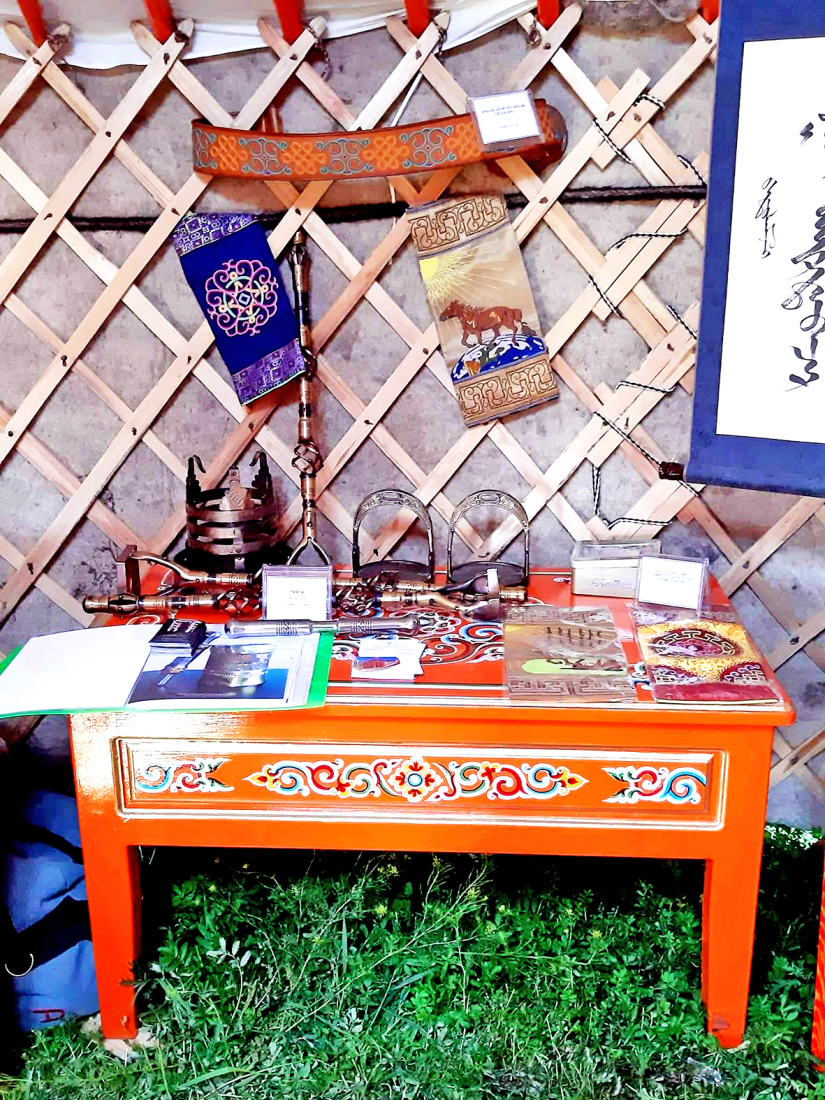
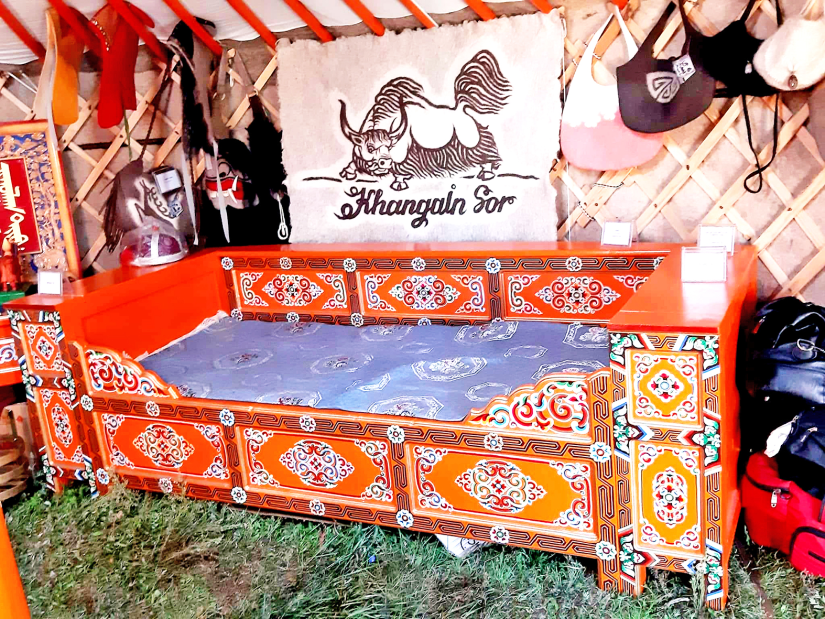


 Ulaanbaatar
Ulaanbaatar












